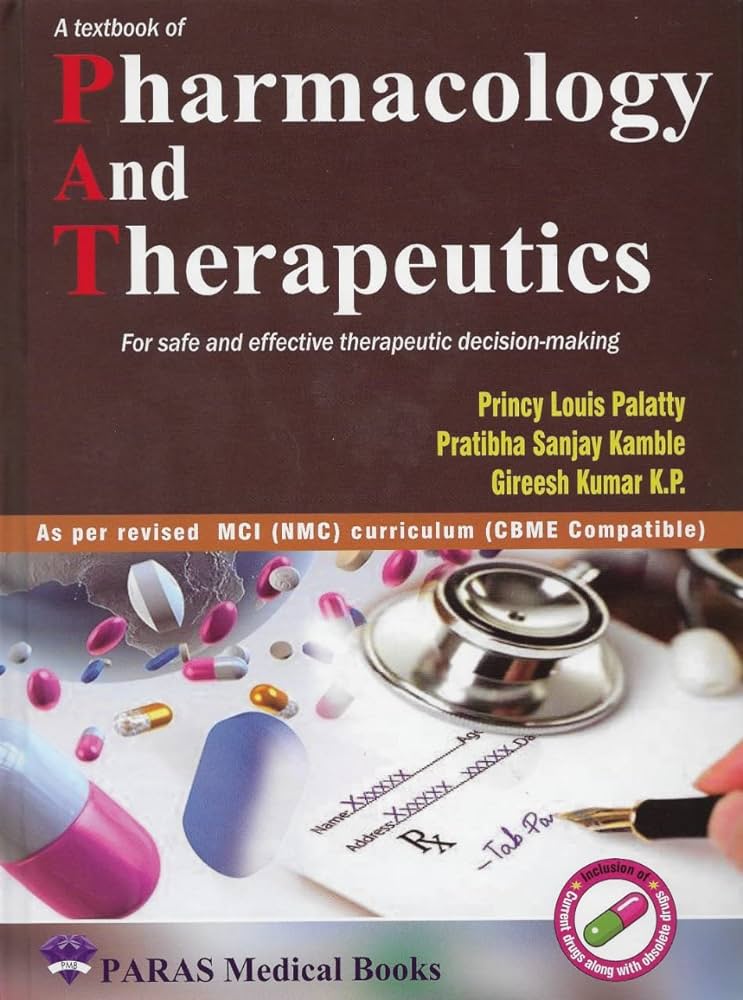Essential role of sulfide oxidation in brain health and neurological disorders
IF 12
1区 医学
Q1 PHARMACOLOGY & PHARMACY
引用次数: 0
Abstract
Hydrogen sulfide (H2S) is an environmental hazard well known for its neurotoxicity. In mammalian cells, H2S is predominantly generated by transsulfuration pathway enzymes. In addition, H2S produced by gut microbiome significantly contributes to the total sulfide burden in the body. Although low levels of H2S is believed to exert various physiological functions such as neurotransmission and vasomotor control, elevated levels of H2S inhibit the activity of cytochrome c oxidase (i.e., mitochondrial complex IV), thereby impairing oxidative phosphorylation. To protect the electron transport chain from respiratory poisoning by H2S, the compound is actively oxidized to form persulfides and polysulfides by a mitochondrial resident sulfide oxidation pathway. The reaction, catalyzed by sulfide:quinone oxidoreductase (SQOR), is the initial and critical step in sulfide oxidation. The persulfide species are subsequently oxidized to sulfite, thiosulfate, and sulfate by persulfide dioxygenase (ETHE1 or SDO), thiosulfate sulfurtransferase (TST), and sulfite oxidase (SUOX). While SQOR is abundantly expressed in the colon, liver, lung, and skeletal muscle, its expression is notably low in the brains of most mammals. Consequently, the brain's limited capacity to oxidize H2S renders it particularly sensitive to the deleterious effects of H2S accumulation. Impaired sulfide oxidation can lead to fatal encephalopathy, and the overproduction of H2S has been implicated in the developmental delays observed in Down syndrome. Our recent findings indicate that the brain's limited capacity to oxidize sulfide exacerbates its sensitivity to oxygen deprivation. The beneficial effects of sulfide oxidation are likely to be mediated not only by the detoxification of H2S but also by the formation of persulfide, which exerts cytoprotective effects through multiple mechanisms. Therefore, pharmacological agents designed to scavenge H2S and/or enhance persulfide levels may offer therapeutic potential against neurological disorders characterized by impaired or insufficient sulfide oxidation or excessive H2S production.
硫化物氧化在大脑健康和神经系统疾病中的重要作用。
硫化氢(H2S)是一种众所周知的神经毒性环境危害。在哺乳动物细胞中,H2S主要由转硫途径酶产生。此外,肠道微生物组产生的H2S显著增加了体内硫化物的总负荷。虽然低水平的H2S被认为具有多种生理功能,如神经传递和血管运动控制,但高水平的H2S会抑制细胞色素c氧化酶(即线粒体复合体IV)的活性,从而损害氧化磷酸化。为了保护电子传递链免受H2S的呼吸中毒,该化合物通过线粒体常驻硫化物氧化途径被活性氧化形成过硫化物和多硫化物。该反应由硫化物:醌氧化还原酶(SQOR)催化,是硫化物氧化的初始和关键步骤。过硫物质随后被过硫双加氧酶(ETHE1或SDO)、硫代硫酸盐硫转移酶(TST)和亚硫酸盐氧化酶(SUOX)氧化为亚硫酸盐、硫代硫酸盐和硫酸盐。虽然SQOR在结肠、肝脏、肺和骨骼肌中大量表达,但在大多数哺乳动物的大脑中其表达明显较低。因此,大脑氧化H2S的能力有限,使其对H2S积累的有害影响特别敏感。硫化物氧化受损可导致致命的脑病,硫化氢的过量产生与唐氏综合症中观察到的发育迟缓有关。我们最近的发现表明,大脑氧化硫化物的能力有限,加剧了它对缺氧的敏感性。硫化物氧化的有益作用可能不仅是通过H2S解毒介导的,还可能是通过形成过硫化物介导的,过硫化物通过多种机制发挥细胞保护作用。因此,设计用于清除H2S和/或提高过硫化物水平的药理学药物可能对以硫化物氧化受损或不足或硫化氢生成过多为特征的神经系统疾病提供治疗潜力。
本文章由计算机程序翻译,如有差异,请以英文原文为准。
求助全文
约1分钟内获得全文
求助全文
来源期刊
CiteScore
23.00
自引率
0.70%
发文量
222
审稿时长
90 days
期刊介绍:
Pharmacology & Therapeutics, in its 20th year, delivers lucid, critical, and authoritative reviews on current pharmacological topics.Articles, commissioned by the editor, follow specific author instructions.This journal maintains its scientific excellence and ranks among the top 10 most cited journals in pharmacology.

 求助内容:
求助内容: 应助结果提醒方式:
应助结果提醒方式:


